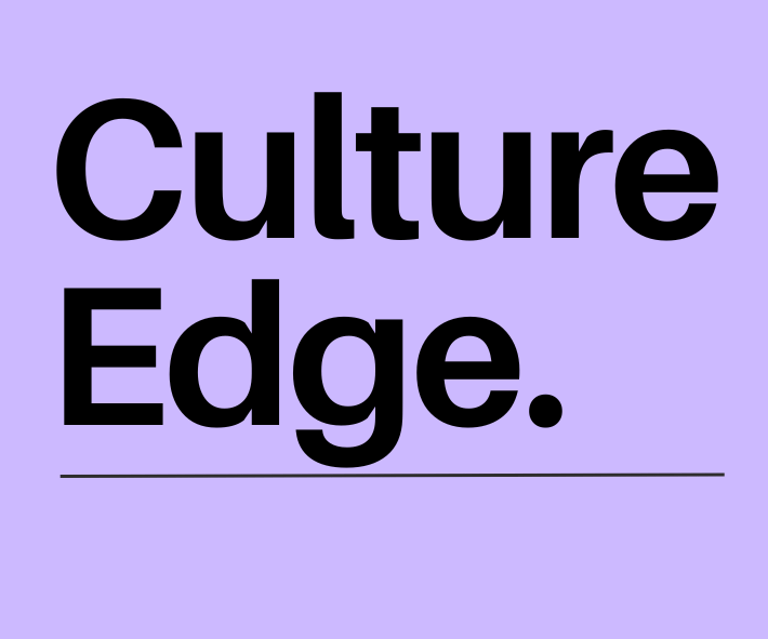Building a Supportive and Psychologically Safe Workplace: Key Practices and Legal Responsibilities
Psychological safety is crucial for supporting innovation and collaboration in the workplace. This blog highlights key practices, like open communication and supportive leadership, that create a safe environment for employees to share ideas and learn from mistakes. It also covers the legal responsibilities employers have to protect mental health and manage psychosocial risks, helping organisations build a more resilient and productive culture.
1/17/20253 min read
In any team environment, the ability to speak up, share ideas, and make mistakes without fear of backlash is vital to fostering innovation, trust, and collaboration. Unfortunately, many workplaces still struggle with environments where employees hesitate to speak their minds. Creating psychological safety is essential for organisational success.
Understanding Psychological Safety
Professor Amy Edmondson from Harvard Business Review defines psychological safety as the belief that one won’t be humiliated or penalised for speaking up with ideas, questions, concerns, or mistakes. Teams with psychological safety encourage risk-taking, self-expression, and learning from failure.
Key behaviours of psychological safety include:
Mistakes are viewed as learning opportunities.
Problems can be raised openly.
Diversity is valued and respected.
Risk-taking is encouraged without fear of failure.
Seeking help is normal.
Collaboration is supportive.
Individual talents are recognised.
How Good Management Practices Support Psychological Safety
Psychological safety thrives under strong management. Leaders can foster it by:
Setting clear expectations: Clarify roles and goals.
Encouraging open communication: Invite and listen to feedback.
Modelling vulnerability: Admit mistakes and show humility.
Appreciating feedback: Acknowledge and respond thoughtfully.
Inviting input: Ask questions like, “What are your thoughts?”
How is Your Training Supporting Managers?
Managers should be trained to pick up on signs that employees are struggling, whether due to workload, personal issues, or stress. This allows for timely intervention and shows employees that their well-being is valued.
Why Employee Voices Matter
When employees understand that their feedback matters, they’re more likely to speak up. A workplace where input directly influences decisions fosters trust and psychological safety.
Leading by Example: Admitting Mistakes and Embracing Vulnerability
Leaders should model the behaviour they want to see. By admitting mistakes, leaders normalise vulnerability and encourage a growth mindset across the team.
Responding Productively to Input
How you respond to feedback is key. Rather than blaming, approach new or unconventional ideas with curiosity and support. This ensures team members feel safe to express themselves.
Work-Life Balance and Family Care Considerations
How are you modelling overtime practices? Employees must feel that their work-life balance needs are respected. Flexibility, especially for those with family responsibilities, shows that you understand being a parent is a job too.
Regular Culture Health Checks
Is your workplace culture aligned with psychological safety? Our Culture Health Check tool helps assess leadership, employee empowerment, and cultural alignment, identifying areas for improvement.
Equitable Pay and Psychological Safety
When employees feel they’re compensated fairly, it fosters a sense of value and trust. Regularly audit your pay systems to ensure equity across gender, role, and background.
Considering the Age and Workload of Your Employees
Different age groups and personal responsibilities require different considerations (for example, shift workers). Adjust expectations to accommodate varying needs and ensure all employees feel respected and supported in their work-life balance.
Legal Obligations: Psychological Health and Safety
Under Australia’s Work Health and Safety (WHS) laws, employers must ensure the psychological health and safety of workers. This includes identifying and managing psychosocial hazards that could harm employees' mental well-being.
Identifying Psychosocial Hazards
Psychosocial hazards include factors that increase stress, such as:
High job demands: Long hours, heavy workloads, and shift work.
Low job demands: Repetitive or monotonous tasks.
Low job control: Limited decision-making authority.
Poor support: Lack of training or resources.
Poor workplace relationships: Bullying or harassment.
Low recognition: Lack of appreciation for contributions.
Managing Psychosocial Risks
Employers should identify, assess, and control psychosocial hazards. This involves:
Recognising risks that could harm employees' mental well-being.
Evaluating the severity of risks.
Implementing control measures.
Regularly reviewing the effectiveness of controls.
How Do Your Policies Support Psychological Safety?
Your policies should not only encourage open communication but also prioritise mental health, work-life balance, and inclusivity. They should create an environment where employees feel safe to speak up and seek support. Policies should address anti-discrimination, bullying and harassment and establish conflict resolution processes. They should promote workplace flexibility, well-being, leadership accountability, and inclusivity. Additionally, policies must protect privacy and uphold zero tolerance for retaliation, ensuring fair treatment for all employees.
If you're unsure where to begin with governance and compliance obligations around psychological safety, reach out to us for guidance on integrating these principles into your workplace practices.
Conclusion
Creating psychological safety is essential for a productive, innovative, and collaborative workplace. By encouraging open communication, addressing psychosocial hazards, and fostering a supportive environment, leaders can build a resilient culture that drives both individual and organisational success.
Start today by completing our Culture Health Check tool to identify potential gaps in your workplace culture. From there, we can dive deeper into where employees may be at risk and take proactive steps toward a more supportive environment.
Culture Edge acknowledges the Wadawurrung People of Djilang (Geelong), where we’re based, and the many First Nations across Australia where we work. We’re committed to listening, learning, and helping create respectful, culturally safe places to work.
